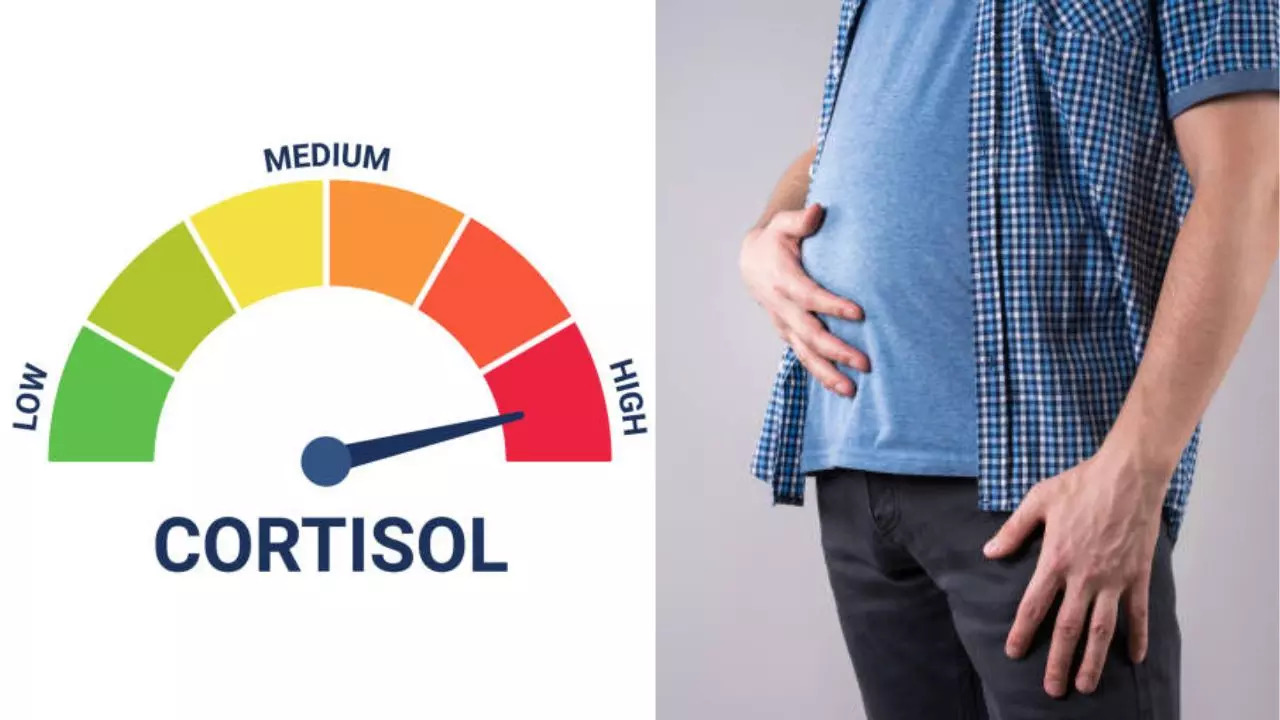In a recent study published in Nature Medicine , researchers examined disparities in mortality rates by ethnicity, race, educational attainment, social vulnerability, and rurality, ascribed to differences in susceptibility and exposure to particulate matter up to 2.5 millimetres in diameter (PM 2.5 ).
Study: Disparities in air pollution attributable mortality in the US population by race/ethnicity and sociodemographic factors . Image Credit: Chim/Shutterstock.com Background Race, ethnicity, education, rural location, and socioeconomic vulnerability impact premature mortality in the United States.
Despite increases in life expectancy, discrepancies exist among races and socioeconomic levels. Air pollution, especially exposure to PM 2.5 , increases premature mortality risk worldwide, including in the United States.
Since the 1970 Clean Air Act, federal environmental measures have addressed these discrepancies and their consequences for environmental justice. Structurally poor populations are more vulnerable to the negative health impacts of air pollution, which is known as environmental justice double jeopardy. About the study In the present study, researchers estimated the impact of exposure to PM 2.
5 on educational, racial, ethnic, regional, and social vulnerability index (SVI)-related mortality disparities in the United States. The researchers analyzed PM 2.5 pollution estimates, census tract-level concentration-response functions (CRFs), population-level data, and county-le.


















